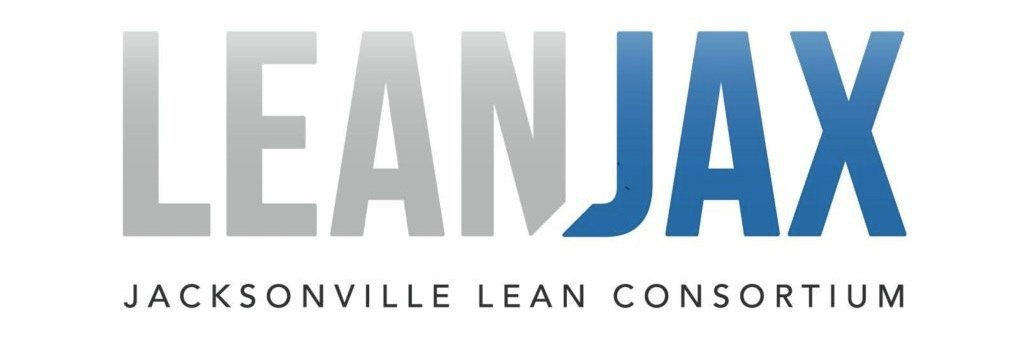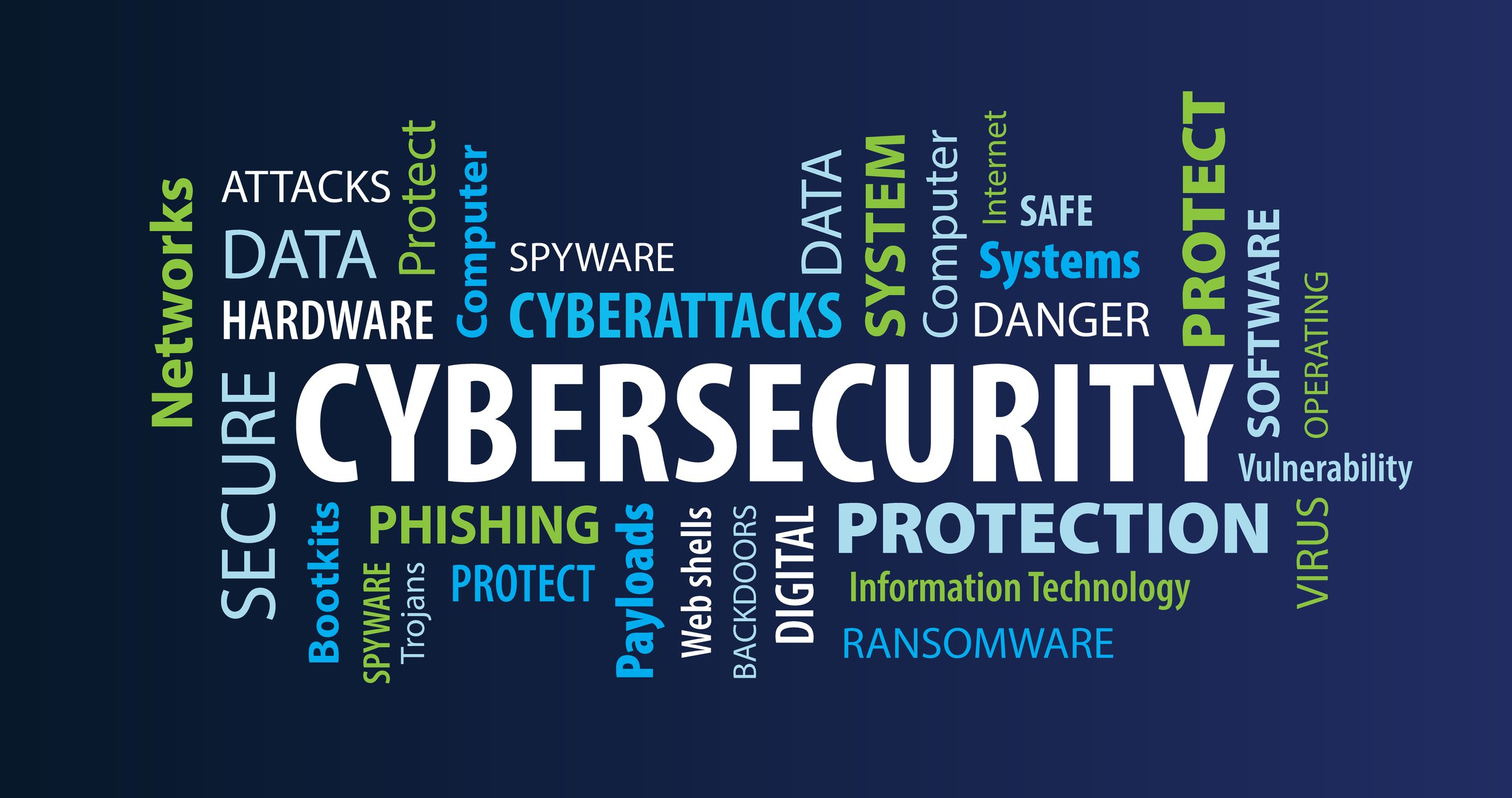Enhancing Cybersecurity with DMAIC and Lean: A Systematic Approach to Robust Digital Defense
The integration of the DMAIC process and Lean principles into cybersecurity practices offers a robust approach to enhancing organizational security. The collaboration of these methodologies can lead to more efficient, effective, and resilient cybersecurity frameworks. This blog delves into how DMAIC (Define, Measure, Analyze, Improve, Control) and Lean can be combined to improve cybersecurity.
Applying the DMAIC Process in Cybersecurity
1. Define
The Define phase in cybersecurity involves identifying specific security goals and challenges. This may include defining the scope of security measures, understanding the risks, and setting clear objectives for the cybersecurity team. This phase ensures that the team's efforts are aligned with the organization's overall security strategy.
2. Measure
In the Measure phase, cybersecurity teams gather data on current security processes and their effectiveness. This could involve assessing the frequency of attacks, measuring the time to detect and respond to incidents, and evaluating the effectiveness of existing security controls. This data is crucial for understanding the current state of security and for setting benchmarks.
3. Analyze
The Analyze phase involves identifying the root causes of security issues. This could be through examining patterns in security breaches, analyzing the routes of attacks, and understanding the vulnerabilities in the system. This phase helps in pinpointing specific areas that need improvement.
4. Improve
Improvement can be achieved by implementing solutions to the problems identified in the Analyze phase. This may involve deploying new security technologies, enhancing existing protocols, or conducting targeted training for staff. The key here is to implement changes that directly address the root causes of vulnerabilities.
5. Control
Finally, the Control phase ensures that the improvements are sustained over time. This includes regular monitoring of security metrics, conducting periodic reviews, and updating policies as needed. This phase helps in maintaining a consistent and effective cybersecurity strategy.
Lean Principles in Cybersecurity
1. Eliminate Waste
Lean emphasizes the elimination of waste using the 8 Wastes (Defects, Overproduction, Waiting, Non-utilized talent, Transportation, Inventory, Motion and Extra Processing), which in cybersecurity could translate into things such as: removing redundant processes, outdated security measures, and unnecessary complexity. This leads to a more streamlined and focused security strategy.
2. Value Stream Mapping
Value stream mapping can be applied to visualize and understand the flow of information security processes. This helps in identifying bottlenecks and inefficiencies, leading to more effective security practices.
3. Continuous Improvement
Continuous improvement, a core Lean principle, aligns well with the dynamic nature of cybersecurity. It involves regularly assessing and enhancing security measures to keep up with evolving threats.
4. Empowerment of Employees
Empowering employees to identify and report security concerns encourages a proactive security culture. In a Lean cybersecurity environment, everyone is responsible for security, leading to a more resilient organization.
Application Example (fictitious company)
CyberSecure Inc., a mid-sized financial services firm, faced recurring cybersecurity incidents, including phishing attacks and data breaches. The management, aware of the escalating threats and their impact on customer trust and compliance, decided to revamp their cybersecurity approach using DMAIC and Lean methodologies.
DMAIC
Define
The Cybersecurity team at CyberSecure Inc. started by defining clear objectives: reducing the number of security incidents by 50% within a year and enhancing incident response time. They identified key areas such as employee awareness, network security, and data protection as their primary focus.
Measure
In the Measure phase, the team collected data on the frequency of past incidents, average response times, and the effectiveness of current security measures. They found that their incident response time was well above the industry average, and phishing attacks were the most common threat.
Analyze
During the Analyze phase, the team discovered that a significant portion of security breaches originated from employee errors, like clicking on malicious links. Additionally, their security systems were not optimally configured, leaving vulnerabilities unaddressed.
Improve
In the Improve phase, CyberSecure Inc. implemented targeted employee training to increase awareness about phishing scams. They also upgraded their security infrastructure, using advanced threat detection and response systems. To streamline processes, they eliminated redundant security tools that did not add value to their defense mechanism.
Control
To sustain improvements, the team established a control phase involving regular audits, continuous monitoring of security metrics, and periodic training refreshers for employees. They also set up a feedback loop where employees could report potential security threats or suggest improvements.
Lean Application
Simultaneously, Lean principles were applied. The team used value stream mapping with a team of employees to identify and eliminate inefficiencies in their security processes. Employing the 8 Wastes, inefficient practices were identified, such as unnecessary manual checks and were either automated or removed. They encouraged a culture of continuous improvement, where every employee actively participated in maintaining security hygiene and setting up an employee suggestion board system.
Outcome
After a year, CyberSecure Inc. observed a 60% reduction in security incidents and a significant improvement in their response time to threats. The employee training led to a marked decrease in breaches originating from staff errors. The Lean approach helped in maintaining a responsive and efficient security stance, adapting quickly to new threats.
Conclusion
The combination of DMAIC and Lean principles provides a structured yet flexible framework for enhancing cybersecurity. By systematically defining, measuring, analyzing, improving, and controlling security processes, and by eliminating waste, focusing on value, and fostering continuous improvement, organizations can build a more robust and responsive cybersecurity posture. This integrated approach not only addresses current security challenges but also builds a foundation for effectively responding to future threats.
Author: Michelle Reaves, Director of Membership


